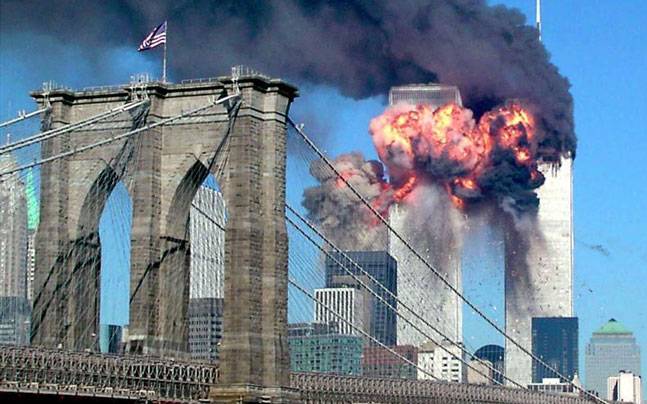
2001 | New York Terrorist Attack
In the context of 14th week’s ARCH484 course, we have discussed New York, the terrorist attack and the remembrance of the crisis that took place in 2001. The mentioned crisis was about the Twin Towers which were an iconic part of the New York silhouette until they were destroyed by the jet plane. The reasons for why the building collapsed were listed concerning the structure … Continue reading 2001 | New York Terrorist Attack








